By Neena Bhandari
The colours and lines of Aboriginal art in Australia’s outback take the author back to the deserts of her birthplace in Rajasthan.
Uluru (Australia), 15 October 2016 (The Hindu): In the grainy red sand, Anangu Aboriginal artist Sarah Dalby, 42, glides her fingers to draw a collection of symbols to demonstrate how the Aborigines have been passing knowledge about their land, culture and traditions from one generation to the next. It is a warm spring afternoon in Yulara, the resort town in Australia’s Red Centre desert, and I am in the town square for a 90-minute Maruku Arts dot painting workshop.
Dalby draws concentric circles, linking them with lines to depict a journey from one place to another. She then etches crescent-like shapes, representing men and women squatting on the ground, and envelopes them with more symbols that embody desert flora and fauna.
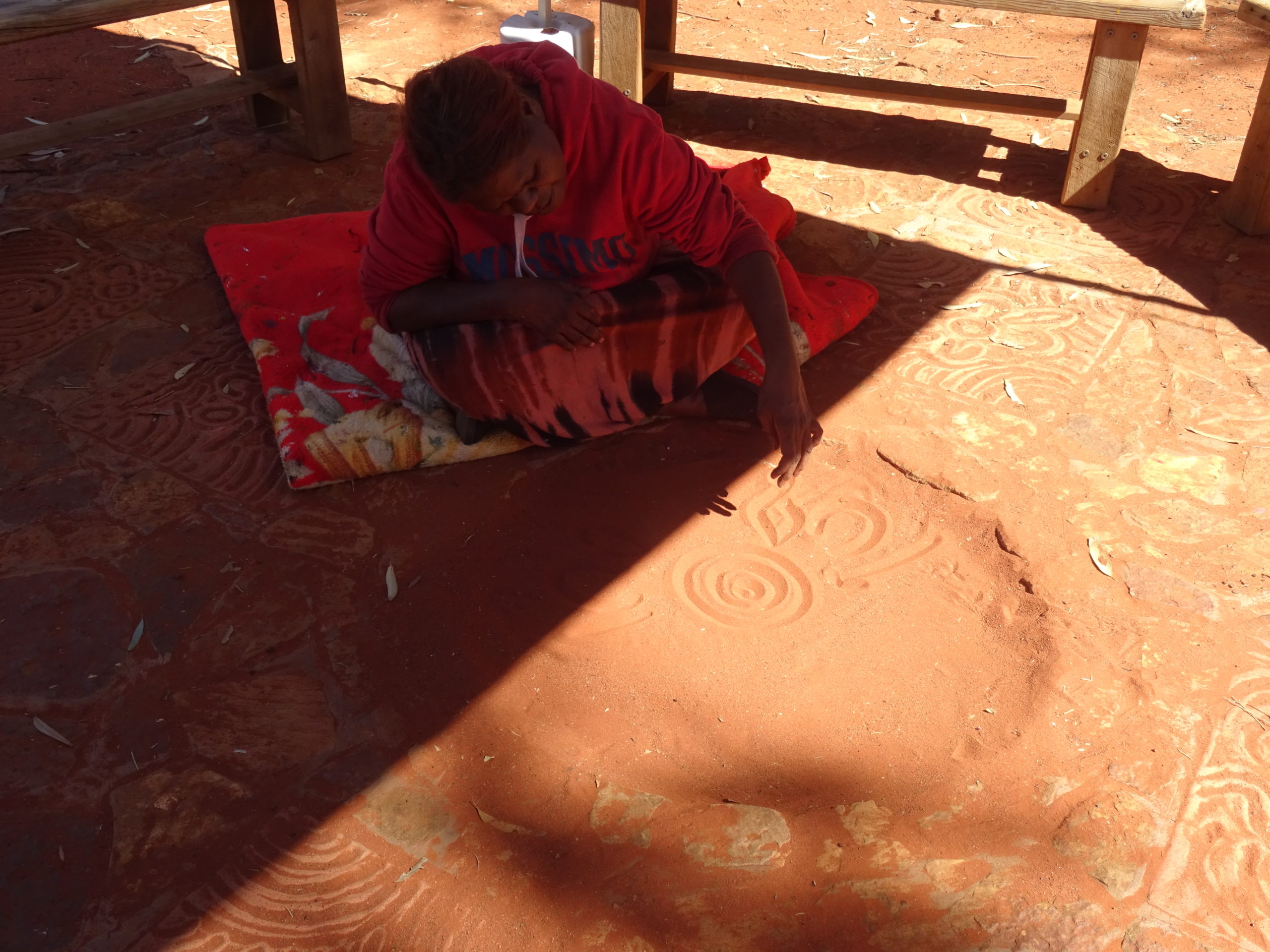
Symbolism, manifest in Aboriginal paintings, plays an important role in illustrating the Anangu’s (Aboriginal people from the western and central deserts of Australia) connectedness to the land and the life it supports. The bold patterned artworks tell a story, mostly an interpretation of Tjukurpa (the law and stories of ancestors) that the Aborigines have followed for more than 40,000 years, making this the oldest continuing culture in the world.
As Dalby carefully carves the symbols, the workshop coordinator Saha Joses explains their significance and translates the words from Pitjatjantjara, the Anangu language. Minyma (women) traditionally had piti (wooden bowl) in which they carried their babies and used the wana (digging stick) to protect themselves and collect mai wiru (bush tucker) such as kampurarpa (bush tomatoes), arnguli (plum), mangata (quandong), tjala (honey ants) and maku (witchetty grubs — the larvae of the Cossid Moth). Wati (men) carried a kali (boomerang), kulata (spears), miru (spear thrower), tjutinypa (club) to hunt malu (kangaroo), kalaya (emu) and other fauna.
Dalby’s eyes sparkle with approval. Painting workshops such as this help bridge cultural and language barriers. Our group includes two women from Scotland, and a mother and son from Sydney. Equipped with the knowledge of different symbols and Anangu tools, we move under an awning to a square table to paint our own cultural stories. There is a sense of excitement and trepidation. I read and re-read the sheet of Aboriginal graphic symbols with their meanings and scan the palette of acrylic paints (originally, the Aborigines sourced colours from local materials), easels, brushes and thin pencil-sized sticks with a flattened tip, which we are told, can be used to paint the dots. My thoughts travel back in time to the Thar desert in Rajasthan. Bold reds, blacks and yellows added a magical charm to the barren landscape of my birth. I begin with a tali (sand dune), the most prominent feature of any desert, gradually trying to capture the magic and mystery, while losing myself in the intoxicating charm of the red earth.
I use iwara (travelling sign with a resting place or waterhole depicted with circles and straight lines) to illustrate my journey from the Thar to the Red Centre desert. The kalaya tjina (emu tracks) could well be the Great Indian Bustard, and malu tjina (kangaroo tracks), the Indian Gazelle. I use the symbols of the bush tucker (the native flora and fauna used by the Aborigines for culinary and medicinal purposes) to illustrate sangari, the long needle-like fruit from Khejari (Prosopis cineraria) trees, kair (Capparis decidua), and kumatiya (Acacia Senegal), which are cooked into delicious dishes in western Rajasthan.
Dalby’s eyes are focused on her canvas fast filling with shades of blue, ochre, white, yellow. Her brush moves with the flair of a seasoned artist, creating symbols with geometric precision. Our eyes connect and her smile breaks into a grin. “Happy,” I ask. She replies, “Very happy.” She began painting as a little girl, fascinated by waterholes and sand dunes.
She loves to paint the story of Orion still chasing the seven sisters that make up the star cluster known as the Pleiades, in the constellation of Taurus. For her, it is a celebration of the interconnectedness of all things on earth and in the sky.
Dalby is one of 800 artists who form the collective Maruku Arts, owned and operated by the Anangu. It endeavours to keep their culture alive for future generations and provides an important form of income for artists like Dalby living in remote communities.
As our paintings near completion, it is time to reflect and share our cultural stories. Dalby’s painting resembles an aerial view of the desert landscape and mine joins the dots from the land of my birth to my adopted country.
© Copyright Neena Bhandari. All rights reserved. Republication, copying or using information from neenabhandari.com content is expressly prohibited without the permission of the writer and the media outlet syndicating or publishing the article.

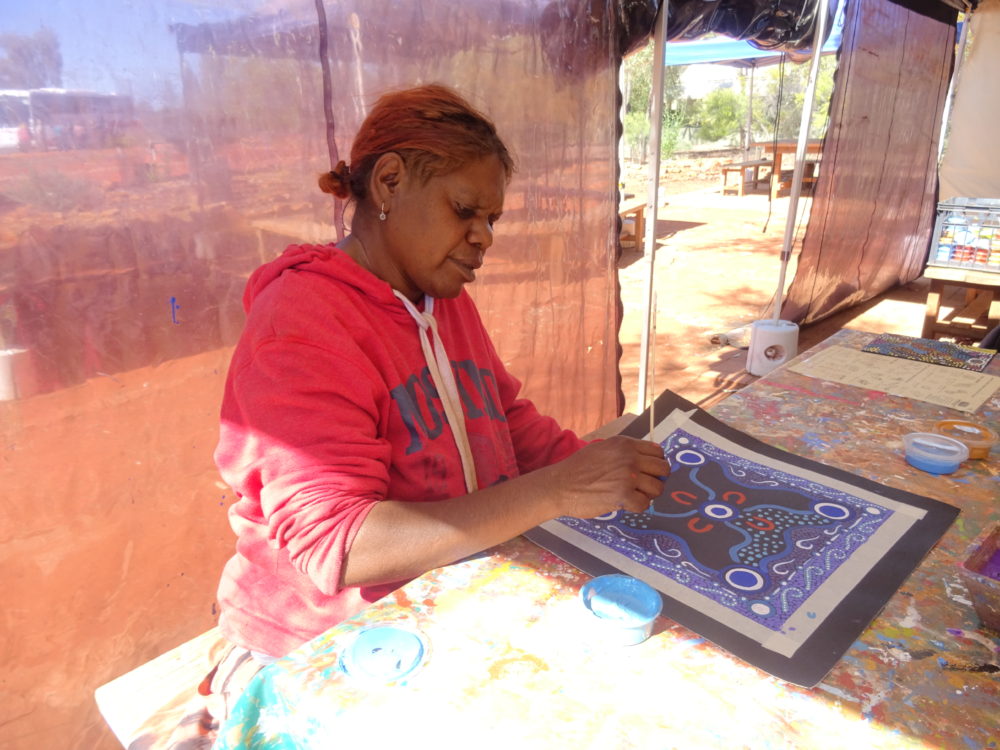
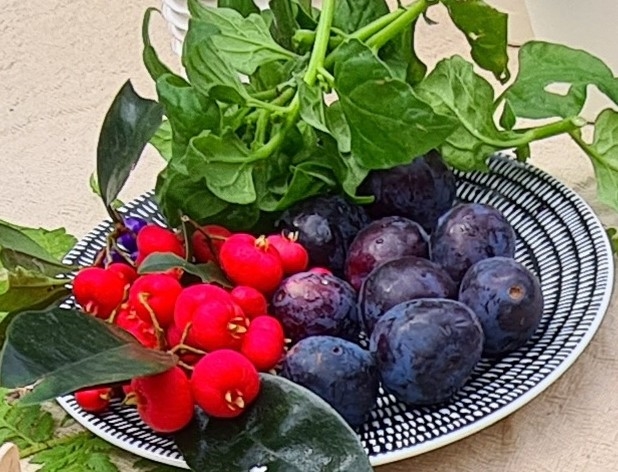
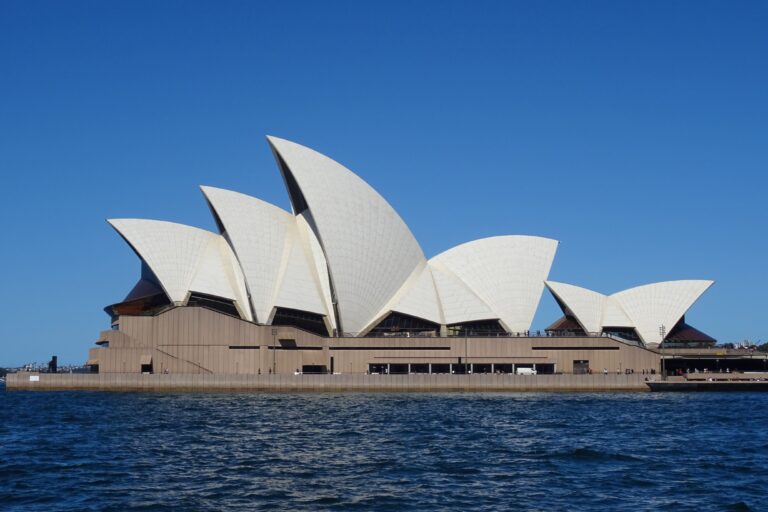
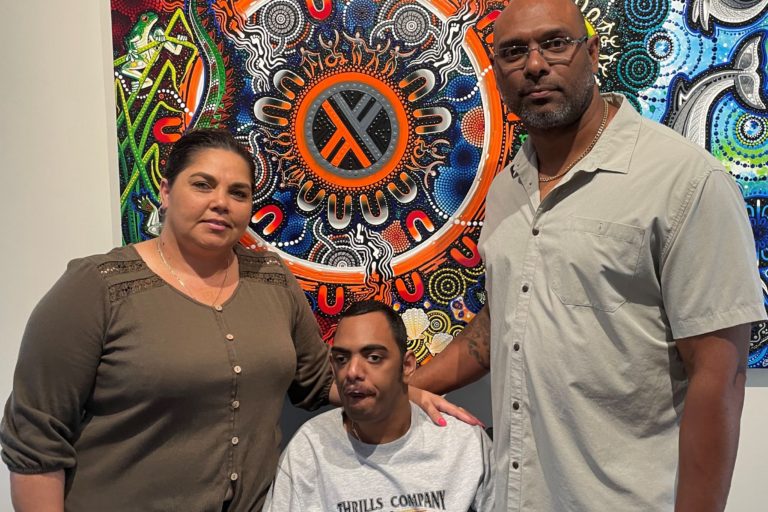
I loved this piece. The idea of a Rajasthani being in remote Australia with the indigenous people and finding a connection. I’ve never been to Yulara but I was transported there and could imagine Sarah Dalby’s eyes twinkling with the excitement of her art.Great story of humanity and human connections.